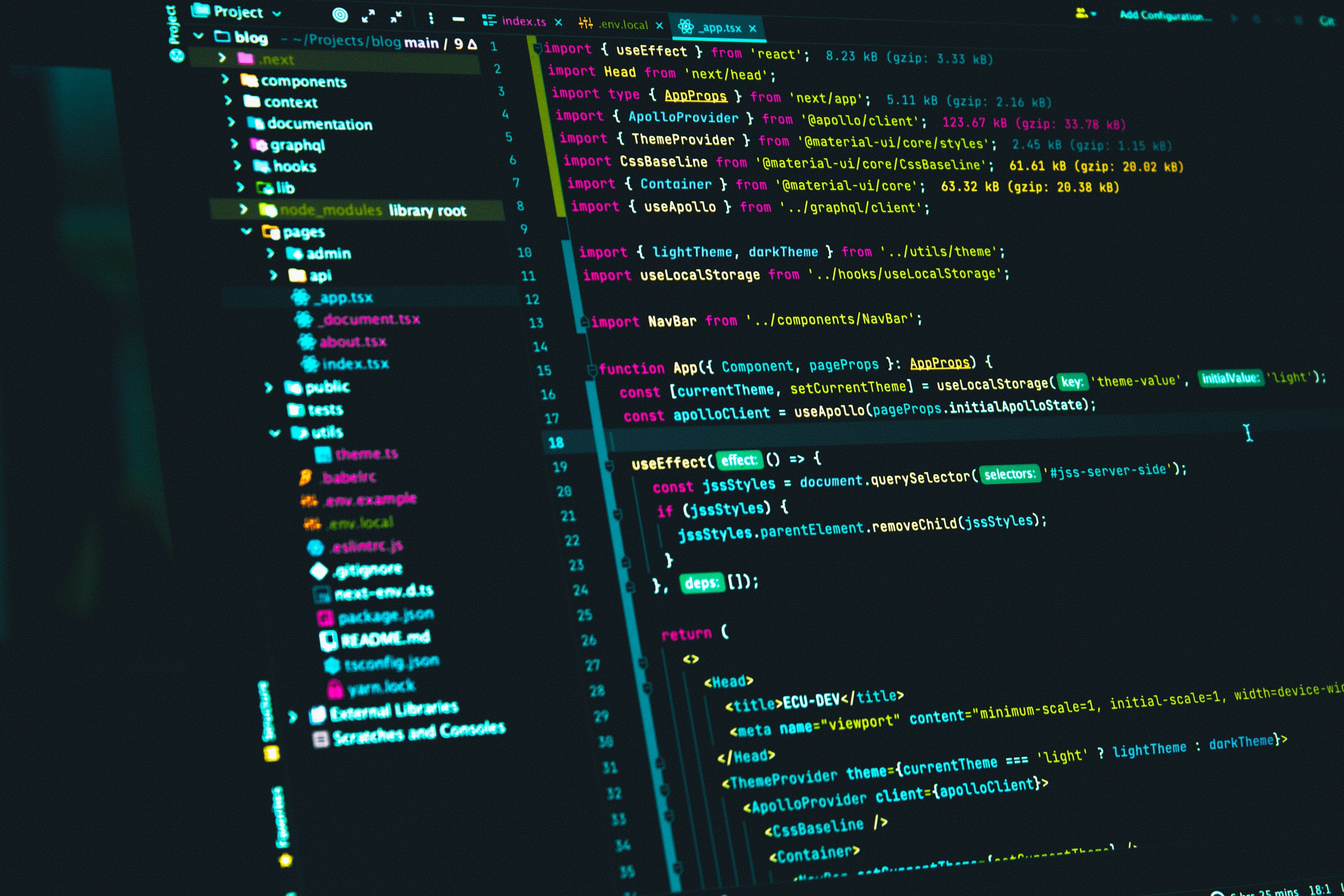In the world of programming, precision and clarity are paramount, especially when it comes to presenting numerical data. One commonly used tool for achieving this is the format specifier “%.2f”. This simple yet powerful feature provides programmers with a method to ensure numbers are presented with a consistent and professional appearance. Understanding the nuances of “%.2f” is essential for anyone looking to master the art of output formatting in various programming languages.
Delving into Precision: The Role of “%.2f” in Coding
In programming, precision is crucial, particularly when dealing with floating-point numbers. Float and double types often carry more decimal places than are necessary for practical applications, leading to unwieldy and sometimes confusing displays of data. The “%.2f” format specifier is a tool that allows programmers to control this output, restricting it to two decimal places. This level of precision is typically sufficient for most financial calculations, measurements, and other applications where a concise representation of a number is critical.
The role of “%.2f” extends beyond mere aesthetics; it also plays a significant part in preventing errors. When calculations are displayed with an excessive number of decimal places, it can lead to misinterpretations or rounding errors that might impact decision-making processes. By formatting numbers with “%.2f”, developers can present data more clearly, ensuring that the focus remains on the most relevant digits. This is particularly important in fields such as finance, where precision is not just preferred but mandatory.
Furthermore, “%.2f” contributes to the portability and readability of code. When consistent formatting rules are applied across a codebase, it becomes easier for other developers to read and understand the code. This is an essential aspect of collaborative work in software development. Formatting conventions like “%.2f” help maintain a standard that can be recognized irrespective of the developer’s familiarity with the code, thereby enhancing the overall robustness and maintainability of software projects.
Mastery of Output Formatting: “%.2f” Explained
The “%.2f” format specifier is a staple in numerous programming languages, including C, Python, and Java, each offering slight variations in syntax but maintaining the core functionality. In C, for example, “%.2f” is typically used in the printf function to format floating-point numbers. This tells the program to format the number to include exactly two digits after the decimal point, rounding as necessary. In Python, the same format can be used within formatted string literals or the string format method, providing flexibility for developers to produce well-presented outputs.
Despite its simplicity, mastering “%.2f” requires an understanding of how different programming environments handle floating-point arithmetic and rounding. For instance, the nuances of floating-point representation in a computer’s memory mean that not all decimal numbers can be precisely represented. As a result, “%.2f” helps to manage these discrepancies by rounding numbers in a predictable way. This predictability is essential for developers who need to ensure their programs produce consistent and reliable results across different systems and platforms.
Developers also need to be aware of the context in which “%.2f” is used. For example, when dealing with user inputs or external data sources, it’s crucial to validate and potentially adjust the data before applying formatting. This ensures that the numbers being formatted are within expected ranges and do not result in unexpected outputs. In mastering “%.2f”, developers learn to appreciate the balance between accuracy and readability, gaining the ability to present data that is both precise and accessible to end-users.
Understanding and effectively using “%.2f” is a vital skill for programmers aiming to produce clean and understandable code. As software increasingly becomes integral to various aspects of modern life, the ability to format numbers correctly is more important than ever. By mastering “%.2f”, developers enhance their code’s clarity and reliability, ultimately contributing to the creation of software that is both professional and user-friendly. Whether for financial applications, data analysis, or any domain requiring precise numerical presentation, “%.2f” remains an indispensable tool in the programmer’s toolkit.



